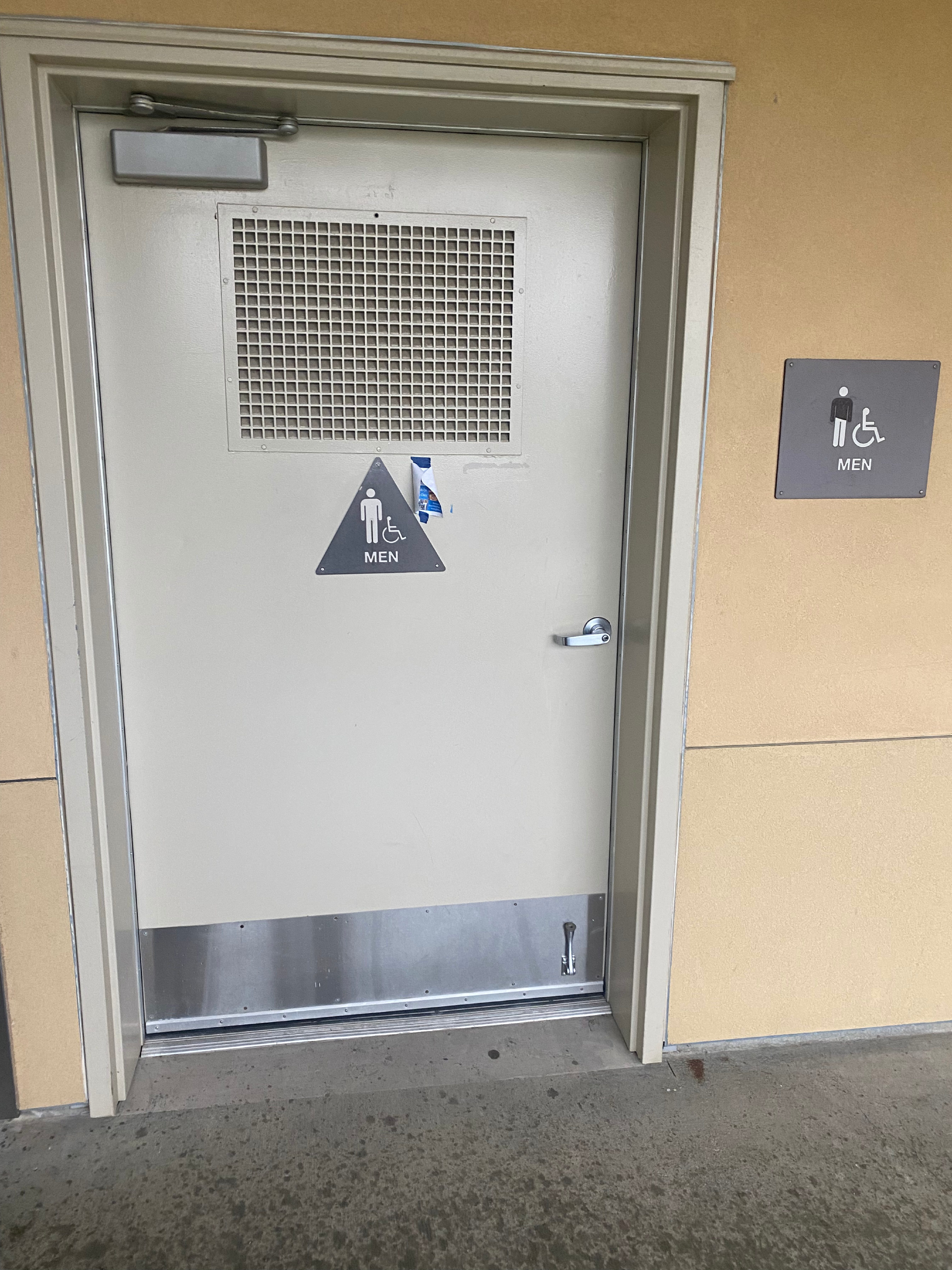
As spring is around the corner, it is the best time to start a garden. The options for what you plant and grow are seemingly endless. Because it may seem overwhelming to start, here are some tips and tricks to keep in mind before digging into what could be your new hobby.
There are three major parts to a successful garden, and here are some options to help make the best decisions.
Planting your seeds vs. buying seedlings
When starting a garden, you have the option to grow your plants from seeds or seedlings.
Seeds are sold in nurseries, home improvement stores, and oftentimes, your local grocery store. Seedlings are small plants that have already sprouted. They can be found at your local nursery or home improvement store.
There are pros and cons to starting a garden from seeds or seedlings.
Planting from seeds is more time-consuming and requires greater planning because there is a specific time window to plant for the greatest results. However, planting from seeds allows you the freedom to plant whatever you choose because you aren’t reliant on your local nursery’s seedling stock.
Starting a garden from seedlings is more reliable because the plant has already begun growing. It is important to be sure that the soil you use in the garden is the same nutrient level as the soil the seedling grew in, because the plants may have a difficult adjustment into new soil. To check the soil nutrients, follow the later instructions on how to improve the soil.
If the conditions are similar—watering amount, sunlight, soil, and the like—the seedling will adjust well and be successful in your garden.
When asked whether she plants from seeds or seedlings, Green Acres employee McKenna Atha stated “It depends on the type of plant. I’ve had luck growing tomatoes from seeds of my previous plants, but something like squash can be really hard to grow because their seeds mold really easily.”
Either seeds or seedlings could be successful first steps in starting your garden; it just depends on your preference, time frame, and type of plant.
Different Types of Gardens
What you grow in the garden is up to you. Depending on what you plant, there are different types of gardens that best suit the needs of the individual plant types.
Vegetable gardens require a location that gets 6-8 hours of sunlight a day, so choose wisely where to plant.
Whether you are going to plant in the ground or a garden bed above the ground, it’s important to keep in mind the amount you will consume. Especially as a beginner, you don’t want to overwhelm yourself with the number of plants you have to tend to if you’re not going to take advantage of all it produces.
When choosing the location of your garden, it’s best to keep in mind the logistics that will allow your plants to have the most success: “…plan out where you’re going to put [your garden]. If you have an area that’s super shady, you’re not going to want to put a bunch of tomatoes there as they need a lot of sunlight. Instead, maybe the shadier section of your garden becomes an herb garden,” said Atha.
How to Improve Your Soil

Your soil is a vital part of the garden’s success, so it’s important to have an appropriate soil nutrient content for the plants you are growing.
“I find that outside plants don’t always need their soil levels checked if they’re planted straight into the ground or a large pot. The nutrients don’t necessarily get depleted as a house plant might as they’re in a much smaller pot,” said Atha.
Keeping Atha’s advice in mind, if you plan to start a small above-ground garden or plant within a pot, it is a good idea to test the soil’s nutrients.
To test the nutrient content in your soil, your local extension office can walk you through how to do a soil test. They usually charge a small fee, but it will be an invaluable resource in helping you find the best soil for your location and plant varieties.
If you are unable to get in contact with your local extension office, there are many DIY soil tests that you can do. For more information on how to do your own soil test, check out The Old Farmer’s Almanac.
After testing your soil, adjust the nutrient levels to meet the needs of your current plants. Your garden will thank you later.
After keeping these tips and tricks in mind, you are on your way to starting a successful garden.































